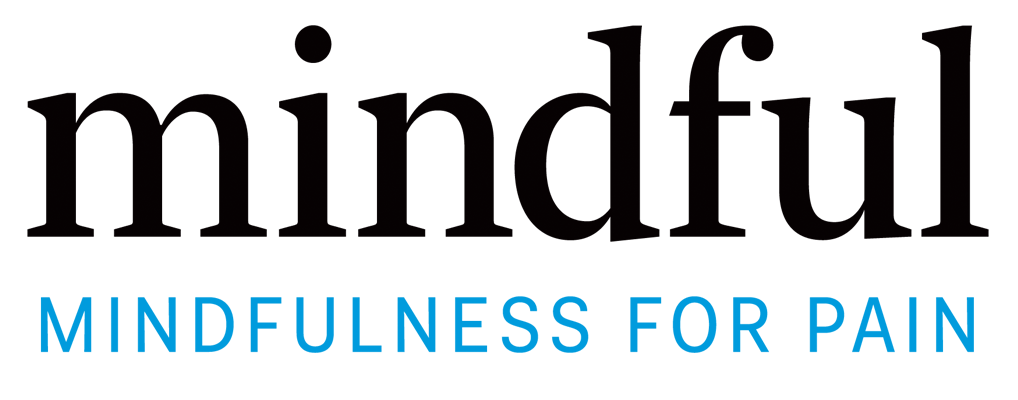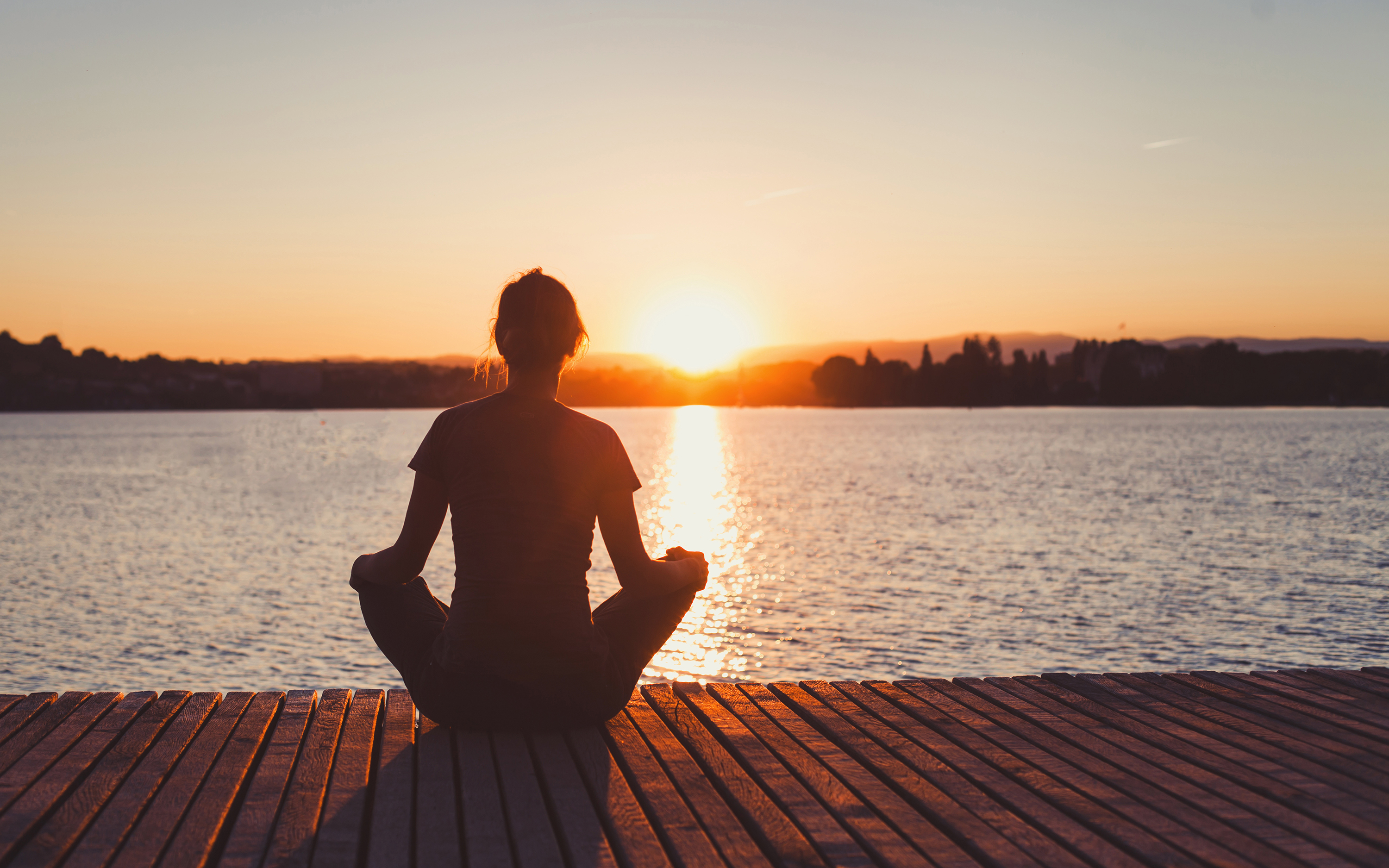Mindfulness for Pain Practice: Zooming Out
Hello. My name is Thomas Davis.
I will be guiding you through a 10-minute meditation where our focus today will be working with physical pain. When we have physical pain, we tend to be zoomed in on the specific area or areas where pain exists. Today, we will be looking at cultivating a practice of zooming out.
One way that pain works on the mind is that it concentrates a lot, or all, of our attention around the painful area. It can feel like the whole world collapses around the pain, so it can feel like there’s nothing—or not much else—left. In this meditation, we want to work with how we can open up—or zoom out—to get a wider and more realistic relationship to the pain.
Mindfulness for Pain Practice: Zooming Out
1. Let’s start by finding a comfortable position. You can lie down for this meditation or you may sit in a chair. You can close your eyes, or even perhaps just soften your gaze, allowing your eyes or your gaze just to go right in front of the area where your feet are resting. Whatever feels best to you in this moment is permissible.
2. If you’re sitting, place your feet on the ground and, as you do so, feel the solidity of the earth or the ground under your feet. Maybe having a sense of the floor or the carpet through your shoes or your bare feet. Allowing the back to be straight and upright, but not rigid. We want to invite relaxation. If this is not possible, maybe consider leaning against the back of the chair and feeling the support of that.
3. See if there’s other areas where you may be holding tension. This might be the forehead or the jaw or the eyebrows. The shoulders. And even the belly.
4. When you’re ready, begin to take a few deep and slow breaths. Feeling the sensations of the breath in the body. Like, maybe, the chest as it rises and falls. Or perhaps even the belly as it rises and falls. See if you can possibly allow yourself to release a little more tension with each exhalation.
5. If this feels right for you, start by noticing on how your attention may be drawn, like a magnet, to the areas where you know there are pains. And, on how you might be fighting the sensations of that pain at the same time. Taking into account how challenging, or difficult, this push and pull may be.
6. We’re going to begin now to open the lens of awareness, just like a camera lens. And we’ll gradually become aware of the entire body, including the painful areas. Approach this lens of awareness as if you are stepping back internally to not only be aware of the pain, but also of the rest of the body. And while sometimes the entire body is in pain, most of the time it’s not.
7. And our zooming out practice serves to show us the areas where we’re not experiencing pain. Can you become aware of the areas that are not in pain, or that are in less pain? See if you can begin to scan through the body and observe the areas around the areas where there is pain. As you do this, see if you can ask yourself the question, “Right now how much of my body is in pain compared to the parts of my body that are not in pain?” You could even come up with a percentage if you choose.
8. When we notice the areas of pain, and the areas that are not in pain, we want to ask ourselves: Can we hold both at the same time? The areas of pain and the areas that are free of pain. When we zoom out with a camera, it gives us a bigger picture but we lose the details. That particular zooming out can be very helpful as we work with pain because we lose the details and the stories about our pain as we notice the other parts of our body that are not experiencing pain. Pain is not the ultimate reality in this moment.
9. Continuing to breathe, and using the breath as if you could breathe space around the pain and into the whole body.
10. If you like, you can zoom out further and become aware of the room around you. Holding your pain and your body in a much bigger container: as big as the room, or even much bigger. Continuing to use the breath as the means of staying present and connected. Observing the process of respiration as it goes in and out of the body.
11. As you begin to notice, and possibly becoming more comfortable with, holding pain and the non-pain areas, let’s begin to zoom back in by taking a few deeper and longer breaths. If you’re able, allow yourself to move and stretch and readjust your posture in any way that feels good to you at this moment.
12. Slowly and carefully and gently, allow your eyes to open. And appreciate the sense of stillness that has been cultivated.




